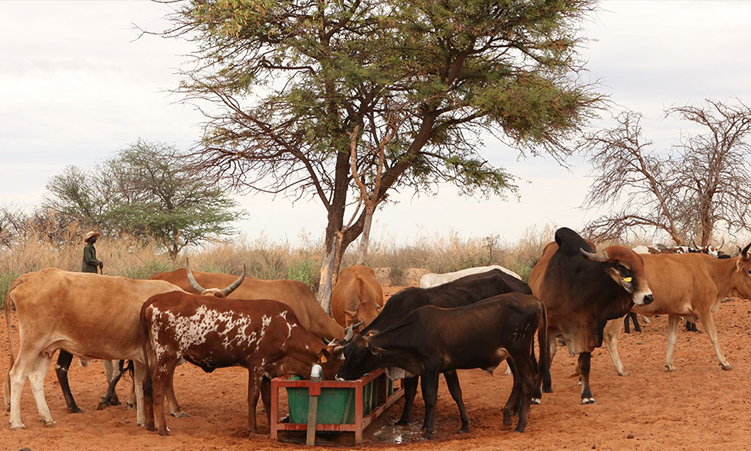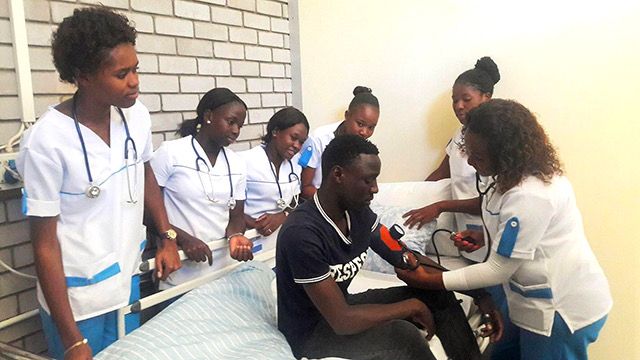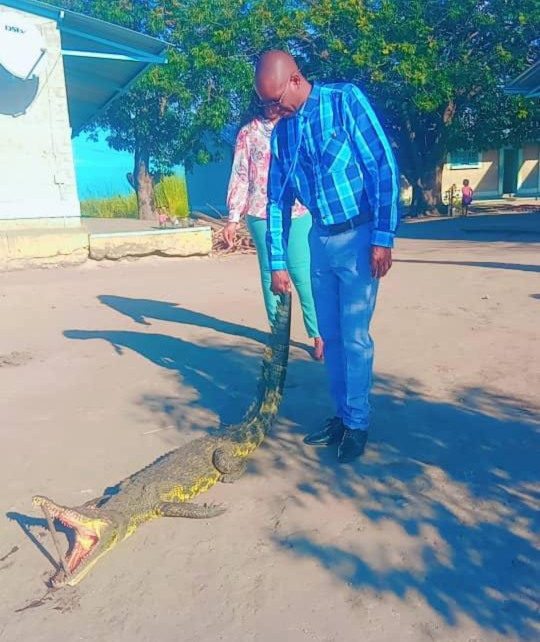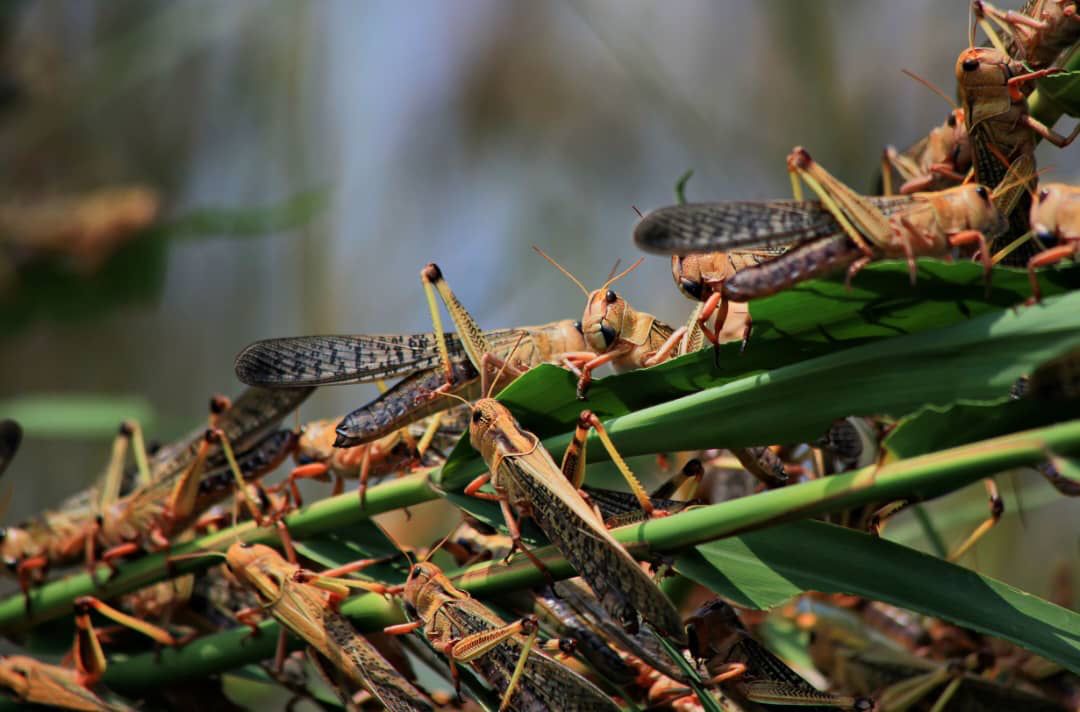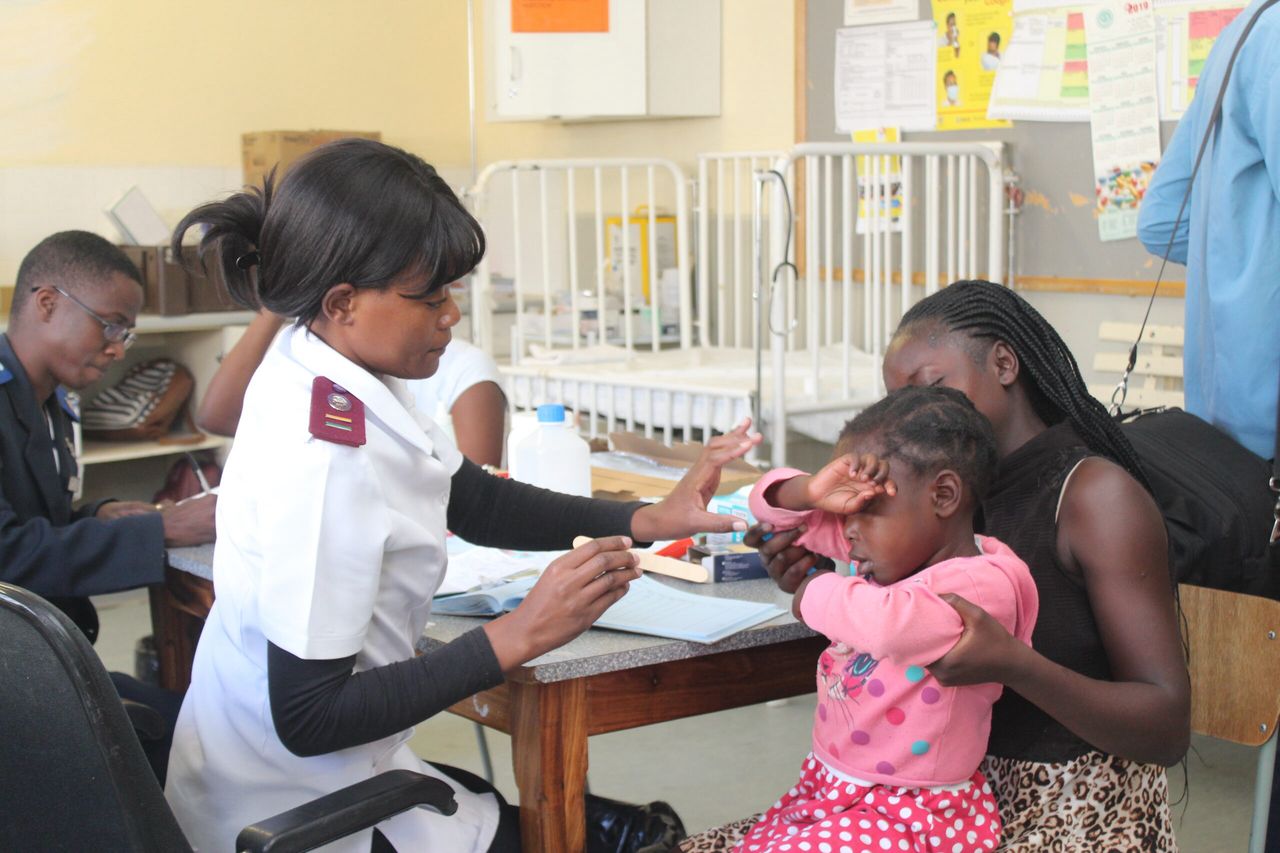For generations, cattle haven’t simply grazed the vast Namibian landscapes, they’ve been the very foundation upon which countless families and communities have built their lives.
These animals are more than just livestock – they’re a source of sustenance and a symbol of hope and prosperity passed down through generations.
But this vital role is under threat from a silent enemy: contagious bovine pleuropneumonia (CBPP), a highly contagious and deadly disease that has plagued Namibia’s cattle since its first reported case in 1887.
Mbendo Markus, a farmer from Ndara in the Kavango West region, knows the value of cattle and doesn’t take them for granted.
“They are everything to us,” he says, his voice heavy with concern. “They provide milk and meat for my family and the income from selling them provides for our needs and allows me to send my children to school. If something happened to my herd, it would be like losing a part of myself.”
Erika Tjiseua from Oruvandje in the Kunene region shares Mbendo’s concerns.
“Diseases like CBPP are a constant threat,” she says.
“My cattle are my life. They sustain me and my household. That’s why I urge all farmers, especially those in remote areas, to be vigilant. If they suspect their animals might be sick, they need to contact the nearest veterinary offices immediately.
“Early detection can make all the difference as it would stop the spread of the disease.”
DEVASTATING IMPACT
The most recent cases of CBPP in Namibia were first detected in the Ncamangoro and Musese constituencies of the Kavango West region in February 2022.
Livestock farmers in these areas reported their cattle exhibiting symptoms such as fever, difficulty breathing and severe lung damage, and in some extreme cases, death.
This early detection prompted swift action by the Directorate of Veterinary Services (DVS) within the Ministry of Agriculture, Water and Land Reform.
This included a quick response to contain the outbreak through the deployment of surveillance teams to establish the extent of the outbreak in the region, vaccination campaigns and the mobilisation of resources, including those of partners, such as the Food and Agriculture Organisation of the United Nations (FAO) to ensure the disease is effectively contained.
Recognising the devastating impact of CBPP, the FAO answered the call from the DVS for support.
Through the project titled ‘Emergency Technical Support to Control the Spread of Contagious Bovine Pleuropneumonia (CBPP) in Namibia’, the FAO has been working together with the DVS to combat this disease.
“This project is a crucial collaboration between the FAO and the DVS,” says Eugene Kanguatjivi, FAO national project coordinator.
“We are providing technical expertise, resources and training to strengthen veterinary services and empower farmers to protect their herds.
“Ultimately, our goal is to safeguard the health of Namibia’s cattle and the trading thereof to secure the futures of countless families who depend on them for their livelihood.”
MULTI-PRONGED APPROACH
With support from the FAO, the DVS is tackling CBPP on multiple crucial fronts.
Enhanced surveillance stands as an important component in the fight against the disease.
Through the project, the FAO is strengthening the DVS’ capacity to better detect and diagnose future CBPP outbreaks.
To achieve this, the FAO is providing veterinary personnel with training on effective disease surveillance techniques, enhancing the capacity to monitor and respond to potential outbreaks.
Additionally, the FAO is also assisting the DVS to implement its strategic vaccination campaigns, particularly in high-risk areas in the Northern Communal Areas (NCAs) of Namibia.
Such targeted vaccinations play an important role in building herd immunity and preventing future CBPP outbreaks.
Empowering farmers with knowledge has also been a key aspect of the fight against CBPP.
The FAO has also supported the DVS to carry out awareness-raising campaigns to equip farmers with the necessary skills to identify early signs of the disease.
These campaigns were carried out across various communities within the NCAs.
Through these campaigns, farmers have learnt how to promptly report suspected cases to enable swift response measures in the future.
The campaigns also emphasised the implementation of basic biosecurity measures for farmers to safeguard their herds, contributing to overall disease prevention efforts.
PROVIDING HOPE
By working together, the FAO and the DVS are providing hope to thousands of Namibian farmers.
As Dr Paul Set, a state veterinarian at the DVS, emphasised: “The FAO’s support is instrumental in our ongoing efforts to control CBPP outbreaks.
“Together we are working to improve disease surveillance and diagnosis, vaccination campaigns and farmer education. These efforts will not only protect herds, but also ensure the continued prosperity of rural communities across Namibia.”
The success of these interventions depends not just on technical solutions, but also on the resilience and spirit of Namibian farmers like Mbendo and Erika.
With the right support and knowledge, these farmers can become the first line of defence against CBPP, ensuring that their cattle – the lifeblood of their communities – continue to thrive for generations to come.
– United Nations Food and Agriculture Organisation
Stay informed with The Namibian – your source for credible journalism. Get in-depth reporting and opinions for
only N$85 a month. Invest in journalism, invest in democracy –
Subscribe Now!




